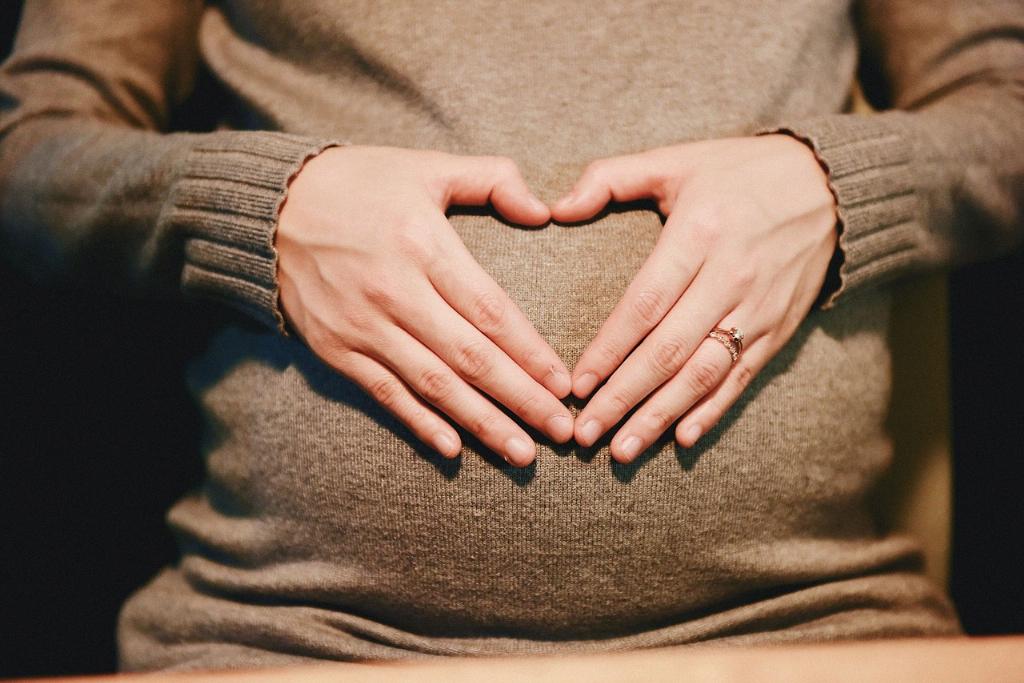Iron deficiency during pregnancy can have a significant impact on both the mother and the developing baby. Understanding the symptoms of low iron levels is crucial for ensuring timely intervention and proper management of this common condition.
1. Persistent Fatigue
One of the primary indicators of low iron levels in pregnancy is persistent fatigue that does not improve with rest. Iron plays a critical role in the production of hemoglobin, the protein in red blood cells that carries oxygen throughout the body. When iron levels are low, the body’s ability to transport oxygen is compromised, leading to feelings of tiredness and exhaustion.
2. Paleness
Low iron levels can also manifest as paleness in the skin, lips, and nail beds. This occurs because the decrease in hemoglobin levels affects the pinkish hue typically seen in these areas. Monitoring changes in skin coloration can provide valuable insights into the body’s iron status.
3. Shortness of Breath
Inadequate iron levels can result in reduced oxygen delivery to tissues and organs, leading to shortness of breath even during minimal physical exertion. Pregnant individuals experiencing unexplained breathlessness should consult their healthcare provider to assess their iron levels.
4. Dizziness and Lightheadedness
Iron deficiency can cause a drop in blood pressure, resulting in dizziness and lightheadedness, especially upon standing up quickly. These symptoms may indicate a lack of oxygen reaching the brain due to insufficient iron levels.
5. Hair Loss
Changes in hair texture and increased hair shedding can be another sign of low iron during pregnancy. Iron is essential for maintaining healthy hair follicles, and a deficiency can lead to hair thinning and loss. Monitoring hair health can offer clues regarding iron status.
6. Brittle Nails
Low iron levels can also impact nail health, causing nails to become brittle, ridged, or concave in shape. Changes in nail texture and strength can serve as visual indicators of underlying nutritional deficiencies, including inadequate iron intake.
7. Cold Hands and Feet
Insufficient iron levels can impair circulation, leading to cold extremities such as hands and feet. Poor circulation resulting from iron deficiency can cause a feeling of chilliness in certain body parts, highlighting the importance of maintaining adequate iron stores.
8. Restless Leg Syndrome
Restless legs syndrome (RLS), characterized by an urge to move the legs accompanied by uncomfortable sensations, has been linked to iron deficiency in pregnant individuals. Monitoring and addressing iron levels can help alleviate RLS symptoms and improve sleep quality.
9. Frequent Infections
Iron is essential for a robust immune response, and low levels of this mineral can weaken the body’s defenses against infections. Pregnant individuals with recurrent illnesses or prolonged recovery times may benefit from assessing their iron status to support immune function.
10. Unusual Cravings
Pica, a condition characterized by cravings for non-nutritive substances such as ice, dirt, or clay, can indicate an underlying iron deficiency. Addressing these unusual cravings through proper iron supplementation and dietary modifications is crucial for optimizing maternal and fetal health.
11. Cognitive Impairment
Inadequate iron levels can affect cognitive function and memory, leading to difficulties in concentration and decision-making. Pregnant individuals experiencing cognitive impairment should consider evaluating their iron status as part of comprehensive prenatal care.
12. Heart Palpitations
Iron is essential for the proper function of heart muscles, and low levels of this mineral can manifest as heart palpitations or an irregular heartbeat. Monitoring heart health and addressing iron deficiency can help prevent complications related to cardiovascular function during pregnancy.

